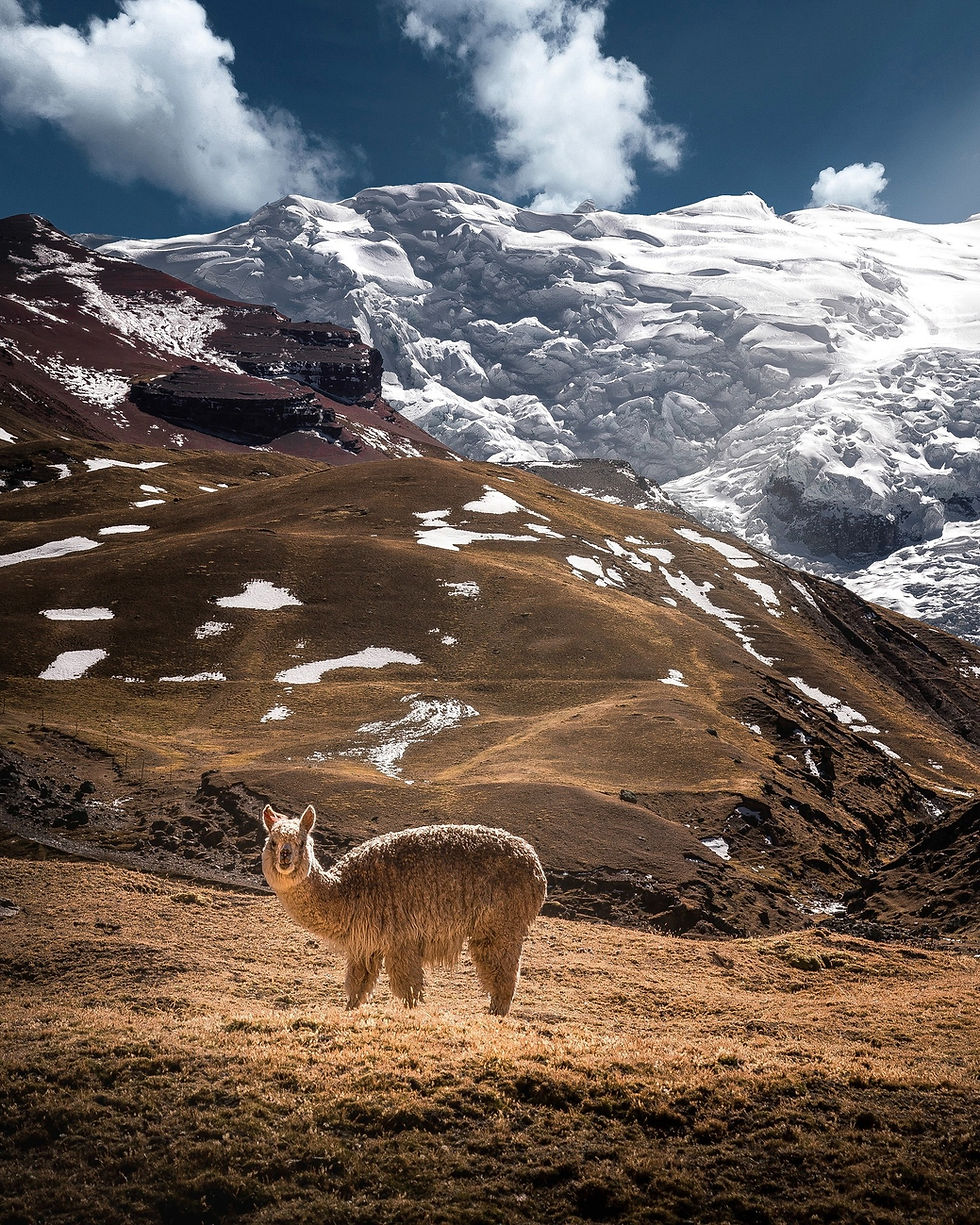“Dust Devils... what are they?”
- Joanne Lee
- Oct 23, 2020
- 6 min read
By Kaelie Rivers Breiter

I was walking down our dusty canyon trail on a hot sunny afternoon and up ahead I spotted a swirling tornado-like formation about 25 ft tall and 3 ft wide on the path. It reminded me of the scene in the Wizard of Oz when Auntie Em’s house gets swept away. There was not a soul in sight to witness what I was seeing. It was rotating fast, picking up leaves and dust, but stayed in about the same place as I approached it. The air was still and I thought for a minute if I should walk through or go around it as I wasn’t sure what was going to happen… would I be swept up in it? Maybe transported to another world? A rush of cool air filled my face as I decided to go for it. It was refreshing and calm in the center for a few seconds as my hair whipped across my neck—and just like that it was over, and I was out on the other side, standing in the real world filled with quiet warm air. I wondered if it was still spinning, so I turned around and saw that unfortunately, I had crushed its formation, leaving just a few low swirling leaves ready to drop. I felt bad as I waited, hopeful it would start again... but it did not. What was that? I thought. I recall hearing of something called a dust devil but had never seen one. What exactly happens when it swirls around like a tornado? Can they be dangerous? I was truly intrigued by this phenomenon and wanted to learn more.
A dust devil by definition is a strong miniature whirlwind that whips up dust, litter, and leaves into the air. During my investigation I found that dust devils spring to life under stable conditions where the upward motion begins to swirl and pick up dust and other loose debris such as leaves. Specifically, dust devils form when hot air near the surface produces rolls of air that rise quickly through a small pocket of cooler, low pressure air from above through convection. Convection is the movement caused within a fluid by the tendency of hotter and thus less dense material to rise, and colder, denser material to sink under the influence of gravity, which then results in the transfer of heat. If conditions are just right, like a flat dry area with clear skies, and light or no wind with a cool atmospheric temperature, the air may begin to rotate. As the air rapidly rises, the column of hot air is stretched vertically, moving closer to the rotational axis (a straight line through all fixed points of a rotating rigid body around which all other points of the body move in circles) causing a fierce spinning effect by the conservation of angular momentum. In simpler terms angular momentum has both a magnitude and a direction (vector), which is a measure of the rotational momentum of a rotating body or system. Angular momentum depends on the rotational velocity of an object, but also on an object’s change in shape; its angular velocity will also change if there is no external torque (twisting force). The secondary flow in the dust devil causes other hot air to speed horizontally inwards to the lower part of the newly forming mass of whirling fluid or air (vortex) to replace the rising air, and the spinning effect becomes more intense and self-sustaining. The rotation gets quicker, like an ice skater pulling in her arms to spin faster.
A fully-formed dust devil is a funnel-like column through which hot air moves in a circular direction and upwards. Once the hot air reaches the top, it cools and starts descending outside the vortex as it is replaced by the rising warm air. The descending cold air serves as a balance against the swirling hot air and stabilizes the system (the spinning). The spinning effect on the ground produces a forward motion, and the dust devil sustains itself longer by moving around. Eventually though, the dust devil disappears when cold air is sucked into the vortex. Cold air is sucked in when the speed of the dust devil reduces or when it moves to a place where the surface temperature is lower. A smaller sized dust devil will also stop if it encounters a solid medium busting through it, such as when I walked into the one on the trail. A bigger dust devil can weaken or even stop if it encounters a hill or tree or something else large. But most of them are generally weak and small, having a maximum air swirling speed of about 45 miles per hour and a diameter between 1.6 to 16 feet, with a height varying from 3.3 feet to 3,280 feet. They usually disappear within a few seconds of being formed. On rare incidents, they can reach a diameter of nearly 300 feet with the wind spinning at about 60 miles per hour and can last for up to twenty minutes.

Dust devils typically occur in dry, arid areas with the most common being in Arizona, New Mexico, Texas, and Eastern California. I also discovered that they aren’t completely foreign to “non-arid” areas, with city areas and more lush landscapes experiencing them as well. All it takes is a bit of dust, dirt, or even leaves (something light with no weight) to be caught in the rotating updraft and make that invisible updraft become visible, similar to the one I witnessed on our little canyon trail. But interestingly enough, in my research, dust devils also occur on Mars where they were first photographed by the Viking orbiters (space planes) in the 1970s. Dust hanging in the air colors the skies when photos are taken from the surface. Relative to Earth, the air on Mars is extremely thin. In 1997, the Mars Pathfinder lander detected a dust devil passing over it. Dust devils on Mars can be up to fifty times as wide and ten times as high as terrestrial dust devils, and large ones may pose a threat to terrestrial technology sent to Mars. Fascinatingly, I found during my investigation that dust devils have been suspected of cleaning accumulated dust off of the solar panels of the rovers on Mars, which has led to dramatically increased power levels that in turn has broadened science in the daily research work being done.
Contrary to popular belief, dust devils are much weaker than nearly all tornadoes, and we know about the damage tornadoes can cause. Keep in mind that a tornado starts from the clouds and a dust devil starts from the ground. Some strong dust devils have, however, been known to cause damage and threaten human life. The strongest dust devils can usually unroof homes and buildings, throw objects, and down trees, and while the winds themselves won’t typically harm a human, it's the debris that the stronger ones can carry that may be harmful… or if a human was to step in one, they could quite easily be thrown where they are hurt upon landing. There was an incident in east Texas where two boys were swept up in a bounce house by a dust devil and landed in the next door neighbor’s yard some 30 ft away with luckily just some bumps and bruises. I also researched a bit more and found a more recent incident where a boy in China was literally picked up into the air while at a school playground by a fast moving dust devil and dropped luckily with just minor injuries to his head.
Dust devils are an interesting phenomena that occur when stable conditions are just right and hot air near the surface produces rolls of air that rise quickly towards cooler, low pressure air from above and cause rotation. They are related to tornadoes but do not form the same way. Tornadoes form when warm, moist air and cool, dry air collide, thus creating instability in the atmosphere and causing rotation. A tornado is a rapidly rotating column of air that starts from the clouds and touches the surface of the ground whereas a dust devil starts from the surface of the ground and rises upwards. Experiencing my first dust devil on that warm sunny afternoon was truly an amazing experience I won’t forget.
Citations:
https://www.pressreader.com/usa/the-arizona-republic/20190617/281526522573796
https://abc13.com/news/freak-windstorm-on-playground-lifts-up-young-child/1304652/
https://www.worldatlas.com/articles/what-is-a-dust-devil.html
https://weatherstreet.com/weatherquestions/What_are_dust_devils.html
https://courses.lumenlearning.com/atd-fscj-astronomylab/chapter/tornadoes-and-dust-devils/
Image Credit:




Comments